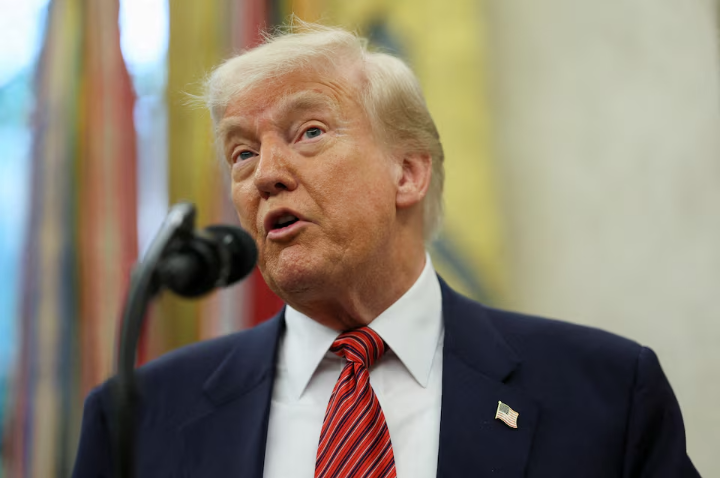President Donald Trump’s latest tax proposal may seem like a win for working-class Americans, but financial experts say the benefits are misleading—and the costs could fall hardest on those with the least.
At the heart of Trump’s sweeping new tax and spending bill is a catchy idea: no federal income tax on tips. It’s a proposal aimed directly at tipped workers—think bartenders, waiters, hair stylists, and hotel staff—many of whom form the backbone of the U.S. hospitality industry. But beneath the surface, analysts warn the plan is unlikely to provide real relief for low-income earners.
According to the Penn Wharton Budget Model, Trump’s plan would actually reduce the annual after-tax income of families earning less than $22,000 by about $1,500. On the flip side, families making over $5.2 million could see an increase of $104,000. Similarly, the Congressional Budget Office (CBO) found that the tax burden would shift from the wealthy to the poor, especially when paired with deep cuts to healthcare and food assistance programs.
“If you’re thinking about what really helps low-income workers, not taxing tips wouldn’t be at the top of the list,” said Martha Gimbel, director at Yale University’s Budget Lab.
The House-approved version of the bill allows workers earning up to $160,000 a year to exclude tips from their gross income until 2029. However, tips would still be subject to Medicare and Social Security taxes. Supporters argue it’ll increase take-home pay and reduce tax stress, especially in states like Nevada, where tipping is a cultural norm.
But there’s a catch: about 37% of tipped workers already earn too little to pay federal income tax. So for them, this tax break changes nothing. In total, tipped workers make up just 2.5% of the U.S. labor force—making this a benefit for a small portion of the population, with a $40 billion cost to the U.S. government over the next four years.
That cost comes with consequences. The CBO warns that at least 8.7 million Americans would lose health coverage due to cuts in Medicaid and Affordable Care Act subsidies.

Programs like the child tax credit and the earned income tax credit would become harder to qualify for, especially for immigrant families. A new requirement would demand that parents provide a Social Security number to claim the child tax credit, excluding 4.5 million eligible children.
Even benefits like tax breaks on overtime and auto loan interest disproportionately help wealthier Americans, who have enough income to owe taxes in the first place.
In the end, Trump’s tax package may offer short-term gains for some—but for millions of low-income Americans, it could mean lost healthcare, reduced support, and a heavier financial burden long-term. According to the Penn Wharton model, poor families could lose up to $8,500 over a lifetime, while some wealthy households could gain nearly $18,000.
“Somebody has to pay for it,” said Kent Smetters, director of the model. “And right now, it looks like that somebody is America’s poor.”



